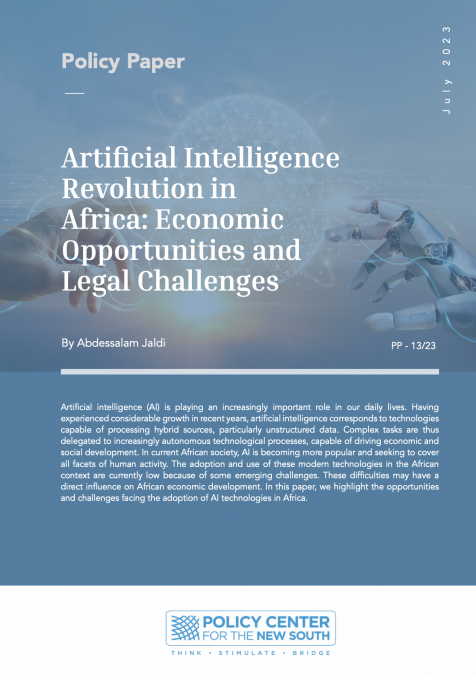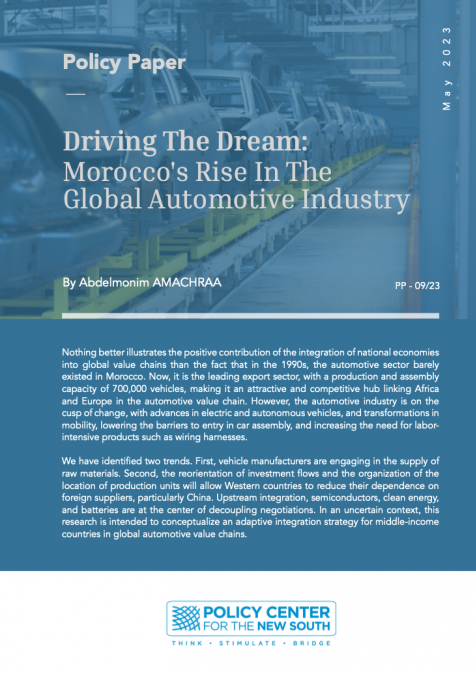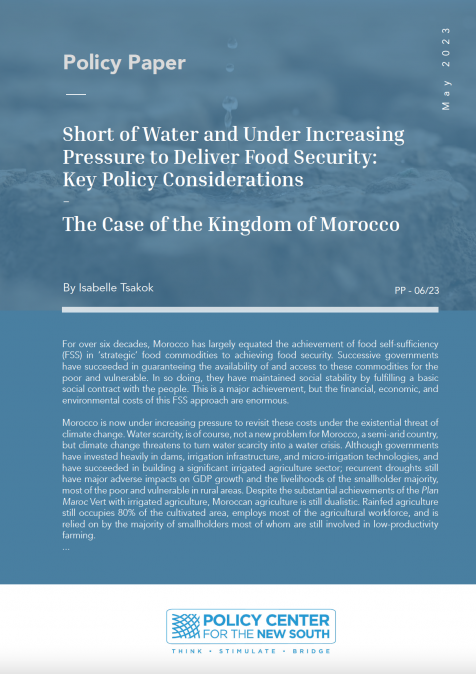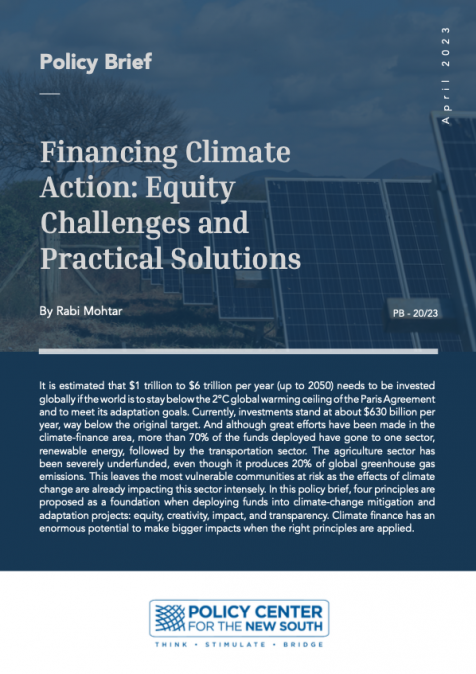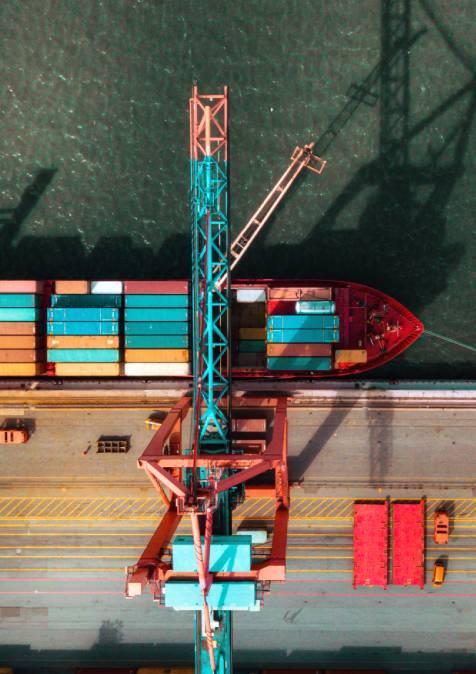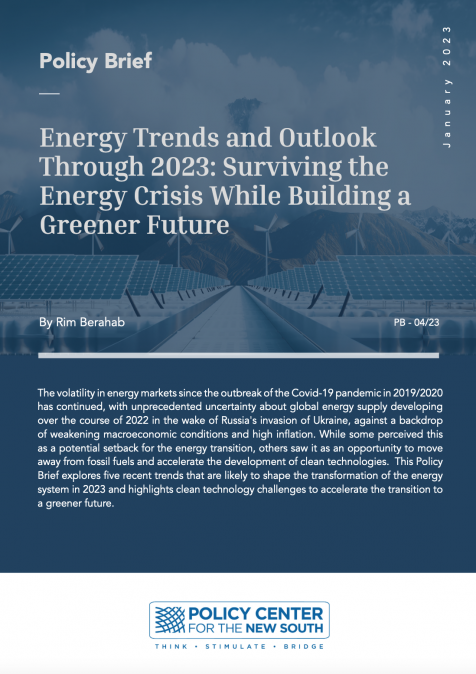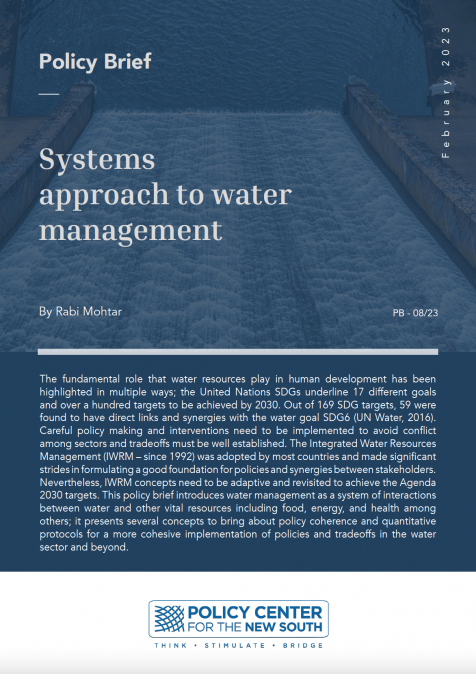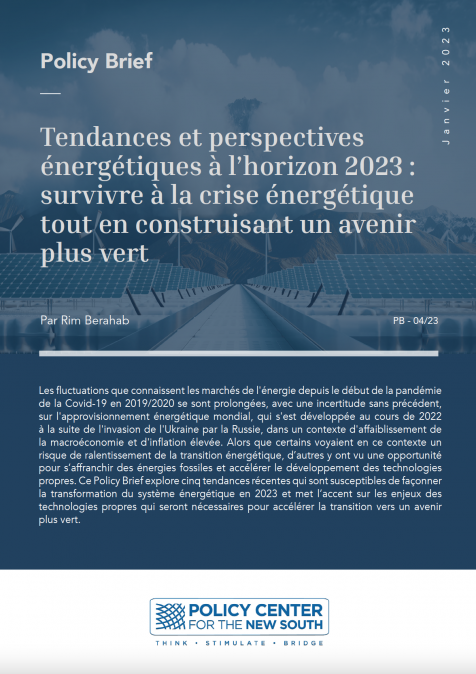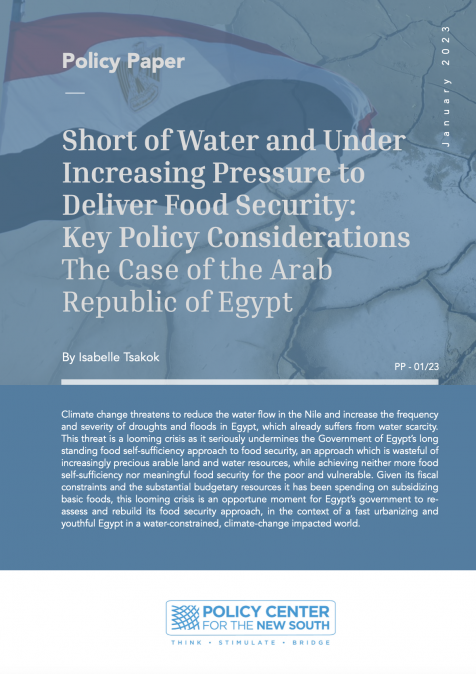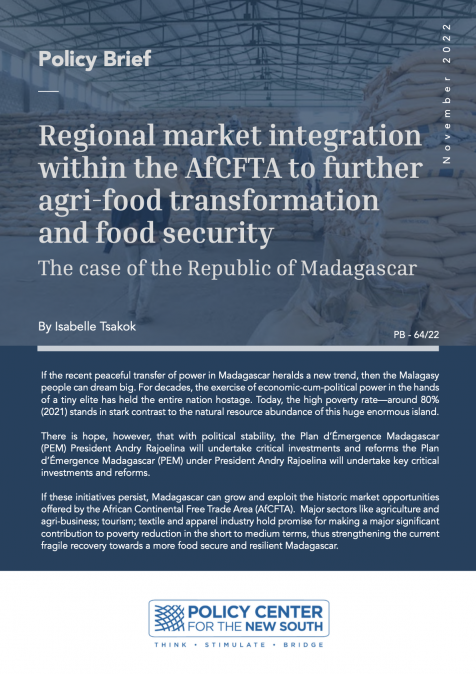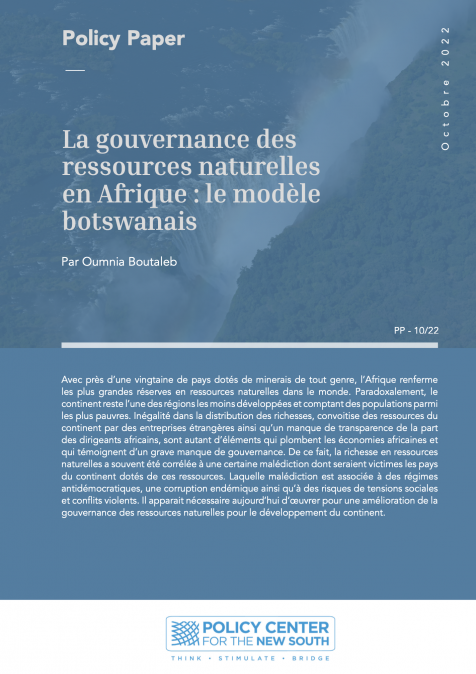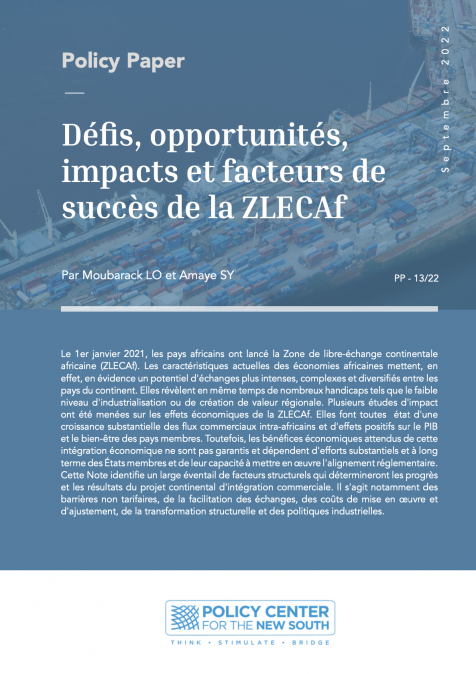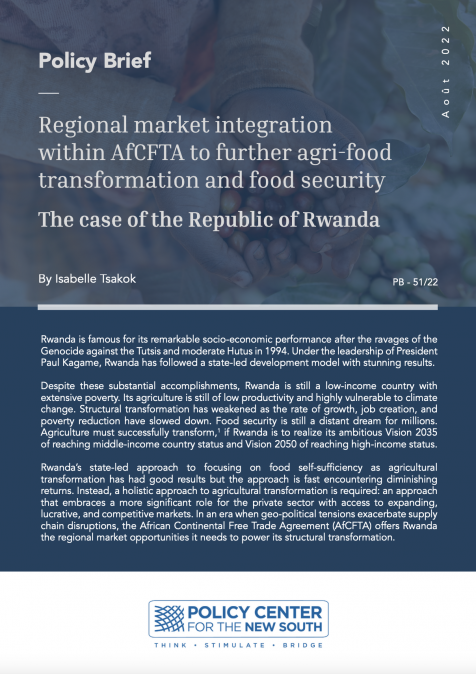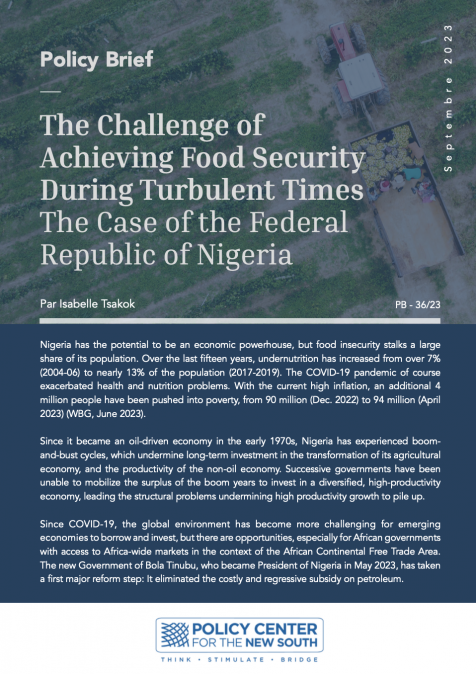
September 12, 2023
Nigeria has the potential to be an economic powerhouse, but food insecurity stalks a large share of its population. Over the last fifteen years, undernutrition has increased from over 7% (2004-06) to nearly 13% of the population (2017-2019). The COVID-19 pandemic of course exacerbated health and nutrition problems. With the current high inflation, an additional 4 million people have been pushed into poverty, from 90 million (Dec. 2022) to 94 million (April 2023) (WBG, June 2023).
S ...

